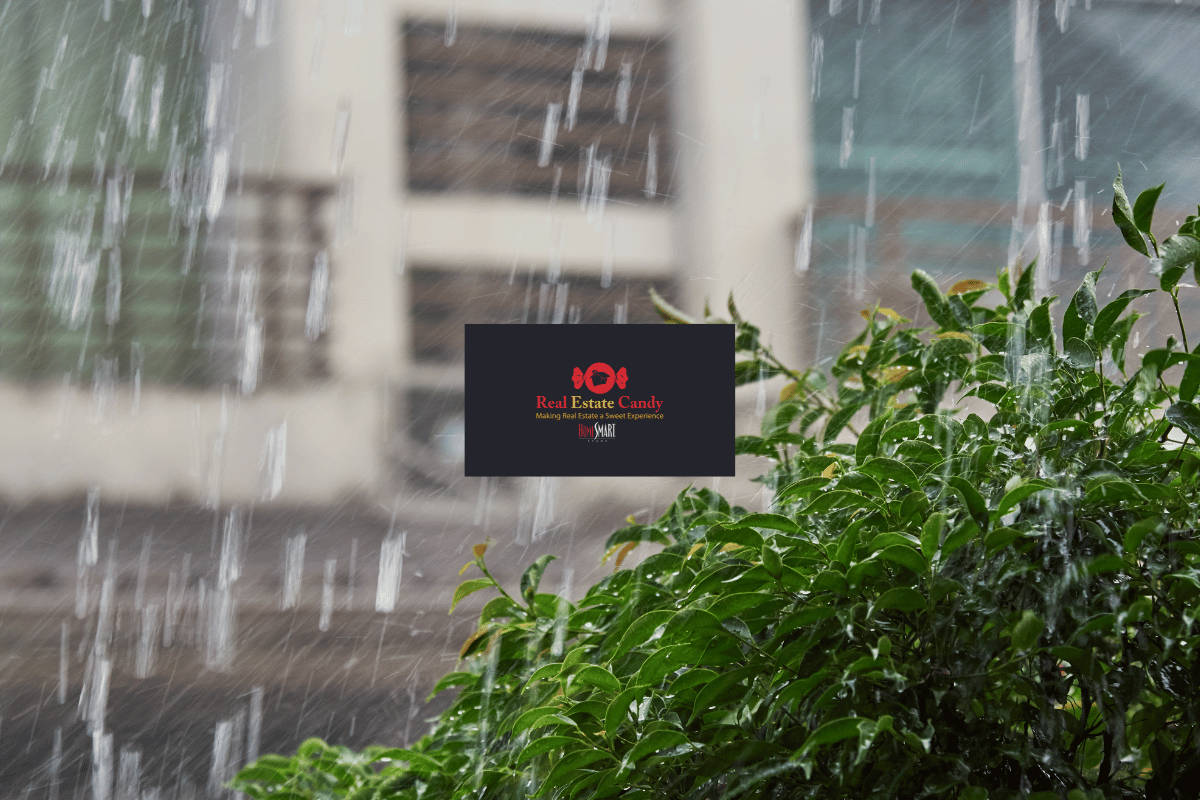As the grip of winter loosens and the days grow longer, spring brings about a sense of renewal and rejuvenation. However, along with blooming flowers and warmer weather, this season also ushers in the potential for severe storms and natural disasters. From thunderstorms to flooding, being prepared for these hazards is crucial for safeguarding your home and loved ones. Here are some essential home safety tips to help you navigate springtime storms and natural hazards:
- Create an Emergency Kit: Assemble an emergency kit that includes essential items such as non-perishable food, water, flashlights, batteries, a first aid kit, blankets, and any necessary medications. Store this kit in a designated, easily accessible location.
- Develop a Family Emergency Plan: Establish a family emergency plan that outlines evacuation routes, meeting points, and communication strategies in case of separation during an emergency. Ensure that all family members are familiar with the plan and practice it regularly.
- Stay Informed: Stay informed about weather forecasts and any potential hazards in your area. Sign up for local alerts and notifications through your community’s emergency management system to receive timely updates and warnings.
- Inspect and Maintain Your Property: Conduct a thorough inspection of your property to identify and address any potential vulnerabilities. Trim tree branches, secure outdoor furniture and equipment, and reinforce doors and windows to minimize damage from strong winds and debris.
- Clear Gutters and Drains: Clean gutters and drains to prevent water buildup and potential flooding. Ensure that downspouts direct water away from your home’s foundation to prevent water damage.
- Secure Outdoor Items: Secure or bring indoors any outdoor items that could become projectiles during high winds, such as patio furniture, grills, and gardening tools. Store these items in a secure location until the threat has passed.
- Invest in Backup Power: Consider investing in a backup power source, such as a generator or uninterruptible power supply (UPS), to keep essential appliances and electronics running during power outages. Make sure to follow safety guidelines and properly maintain your backup power equipment.
- Prepare for Flooding: If you live in a flood-prone area, take proactive measures to safeguard your home. Install flood barriers or sandbags around vulnerable entry points, elevate electrical appliances and utilities, and consider purchasing flood insurance to protect your property.
- Maintain Communication: Ensure that you have multiple means of communication during emergencies, such as a battery-powered radio, a charged cell phone, and alternative methods for internet access. Keep important contact information, including emergency contacts and medical providers, readily available.
- Practice Fire Safety: With the arrival of warmer weather, the risk of wildfires may increase. Practice fire safety by clearing dry vegetation from around your home, properly disposing of yard debris, and refraining from outdoor burning during dry or windy conditions.
By taking proactive steps to prepare for storms and natural hazards, you can help mitigate risks and ensure the safety and well-being of your household. Remember, it’s better to be overprepared than caught off guard when disaster strikes. Stay vigilant, stay informed, and stay safe this spring.
Stay Tuned For More Monthly Home Tips
Have specific questions about home safety precautions? I’m always here for you! Contact me anytime!




